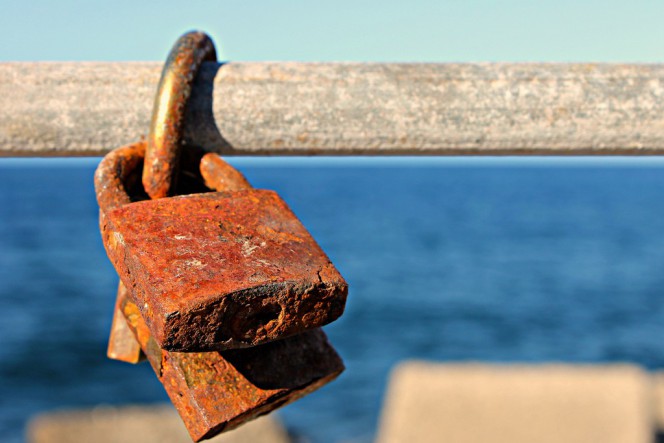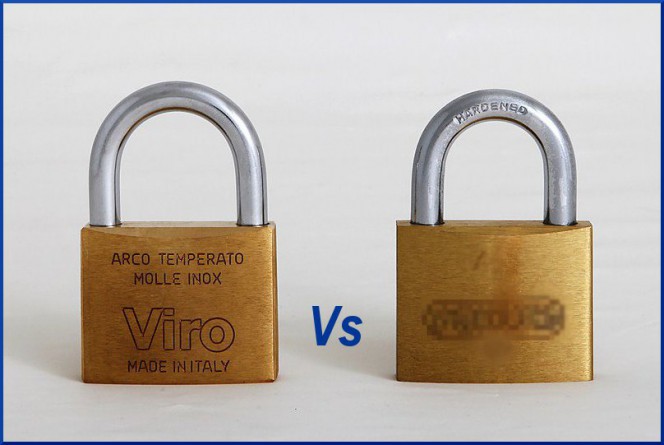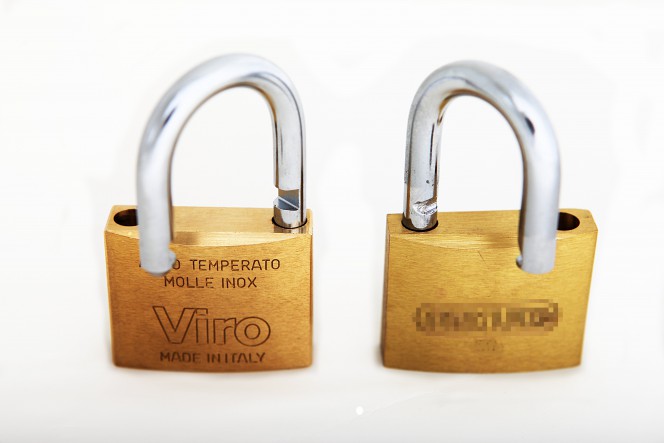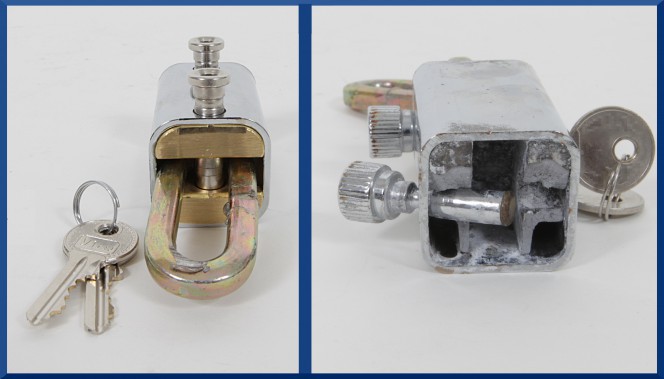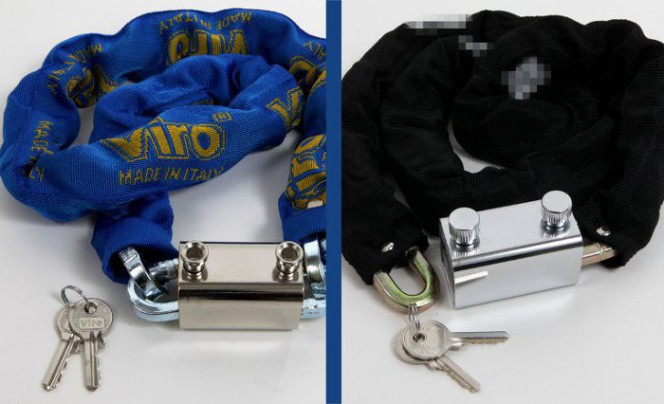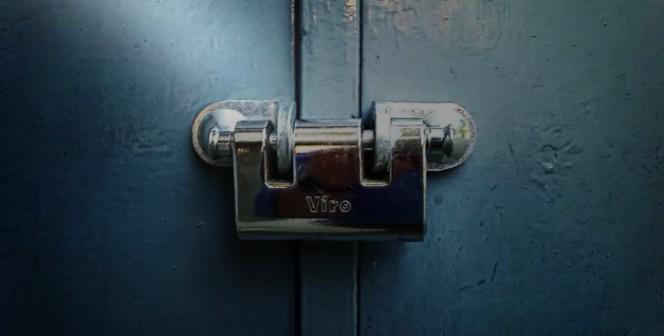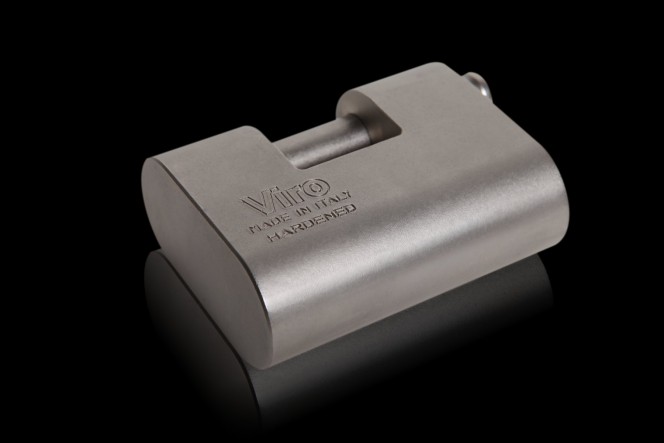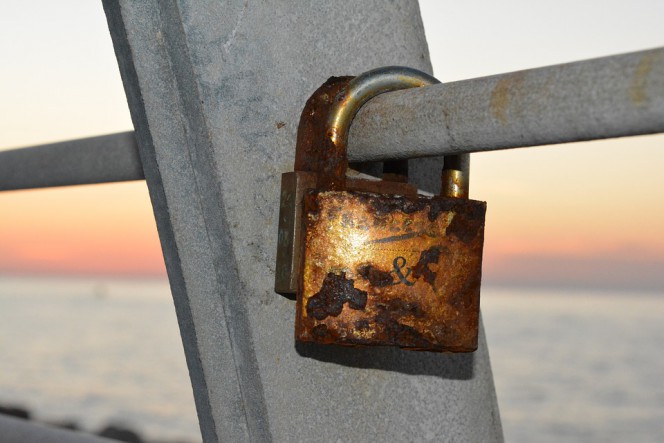Non-Apparent Security Compromises
Besides avoiding obvious issues that can arise from decreased functionality, or the complete breakdown of the padlock, weather-resistant padlocks also protect from the issues you don’t detect. When a lock begins to break down, it can become much easier to pick or bump open. Lock picking and key bumping are some of the more popular forms of covert entry.
